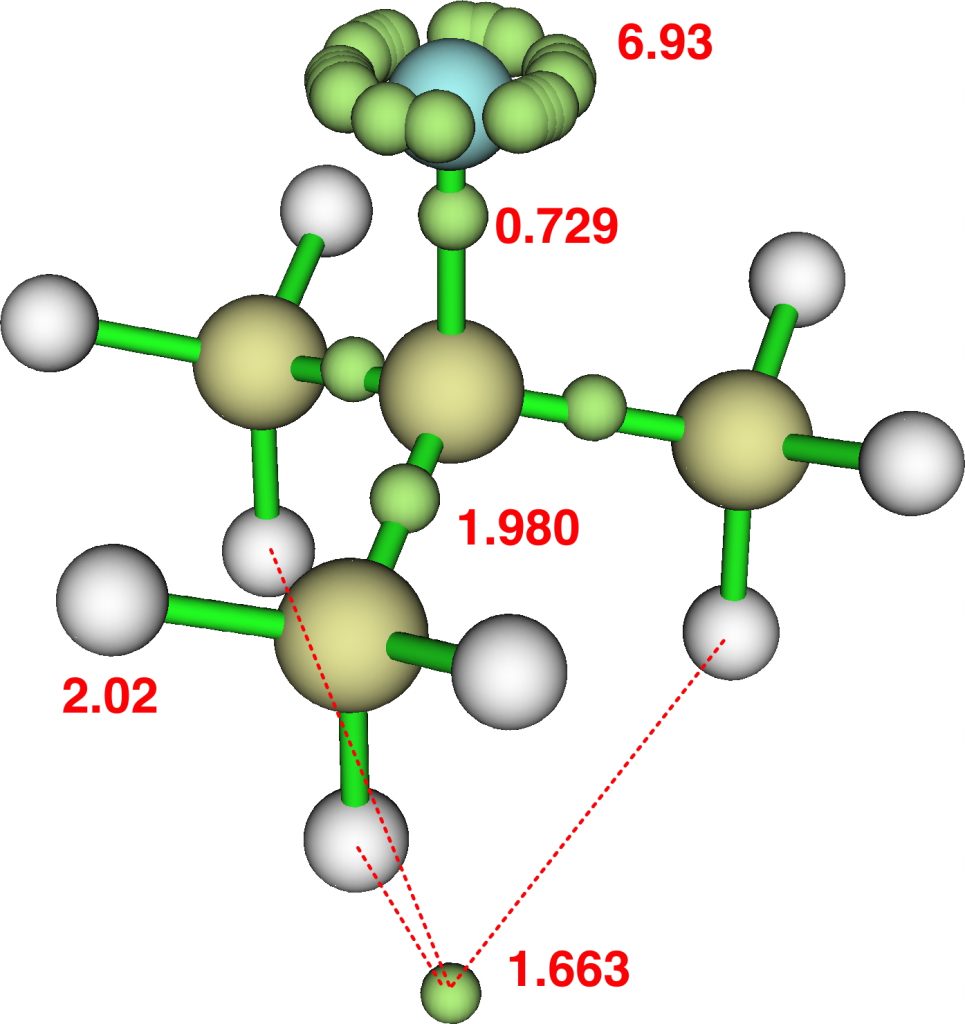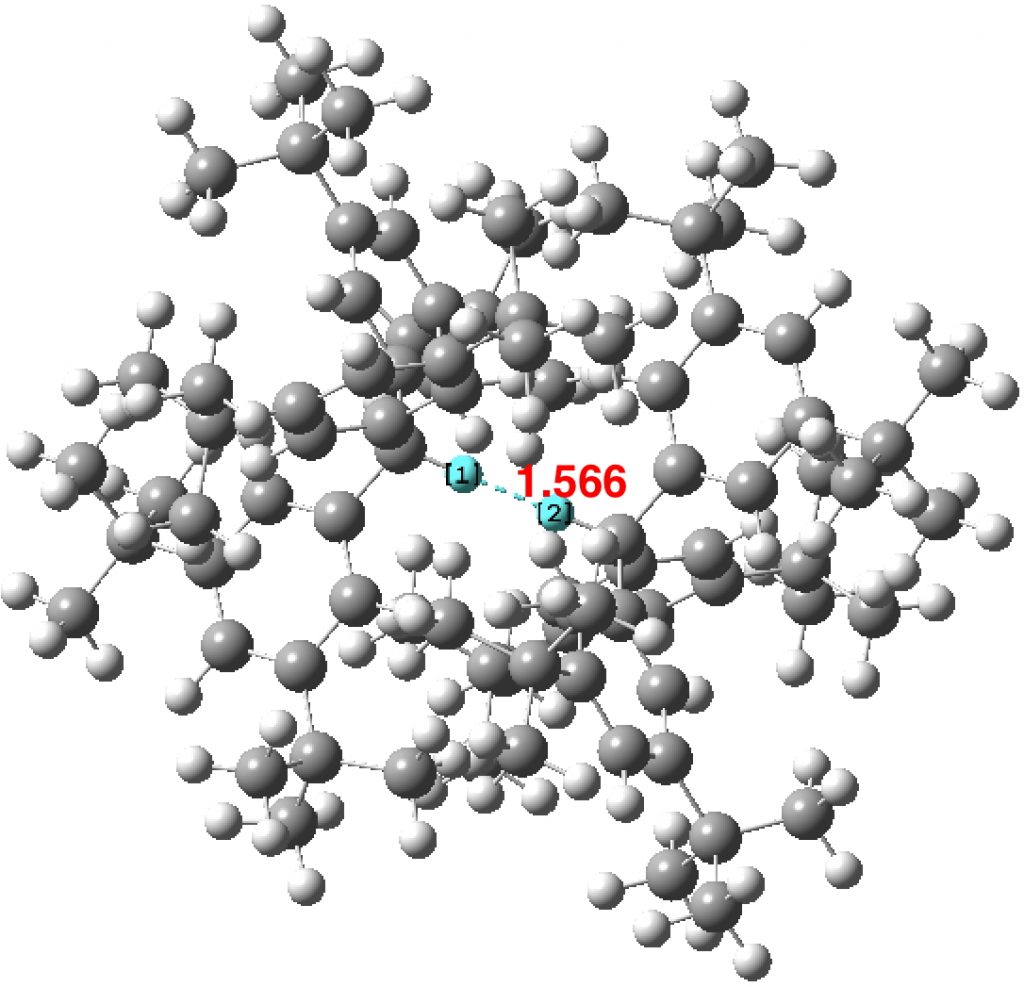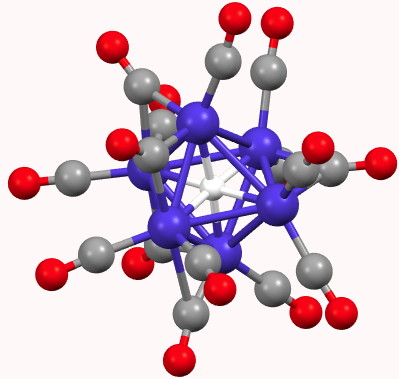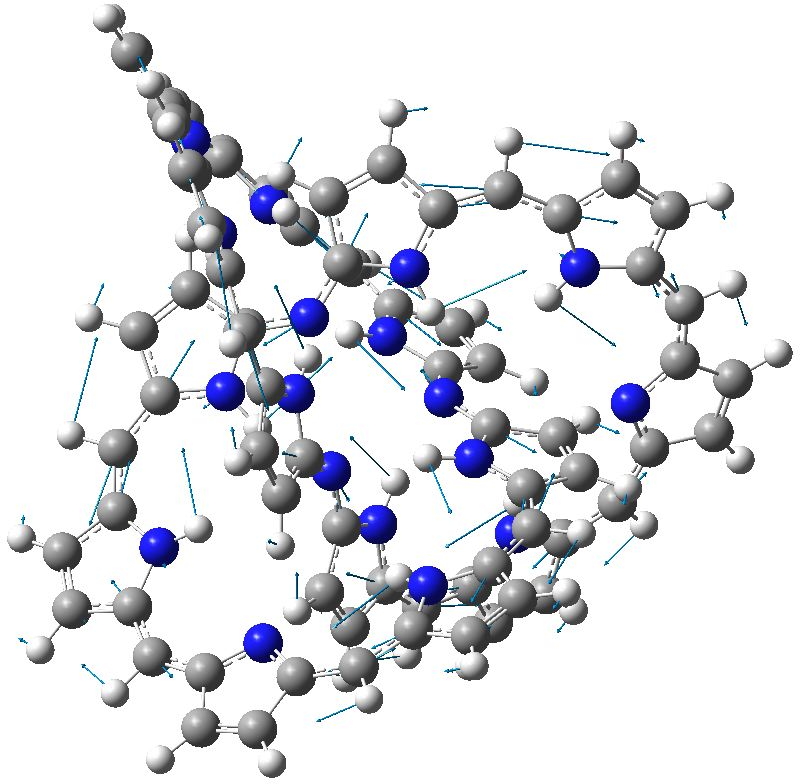
Last year, this article[cite]10.1038/nchem.2716[/cite] attracted a lot of attention as the first example of molecular helium in the form of Na 2 He. In fact, the helium in this species has a calculated ‡ bond index of only 0.15 and it is better classified as a sodium electride with the ionisation induced by pressure and the presence of helium atoms.




